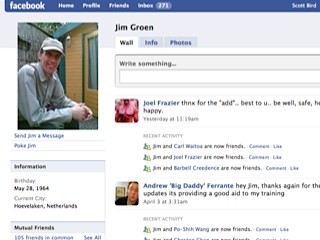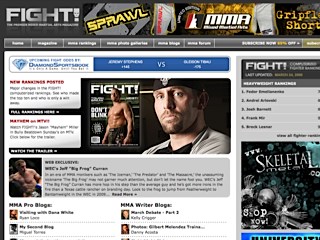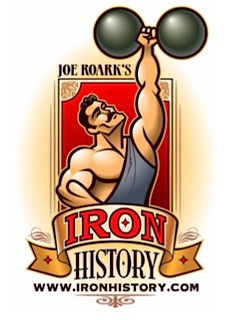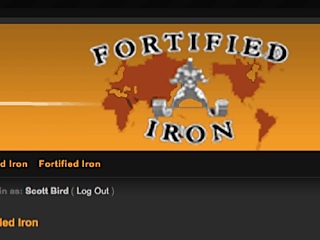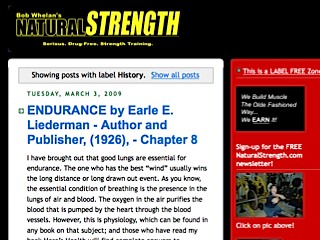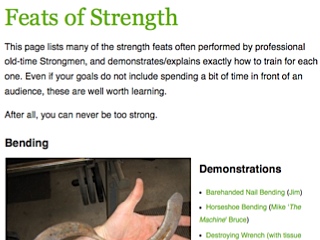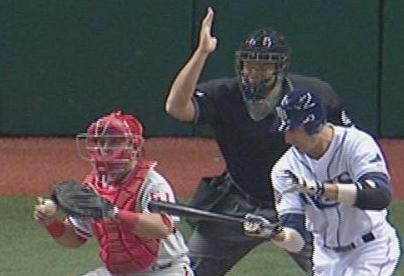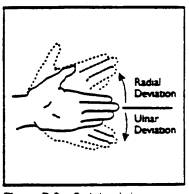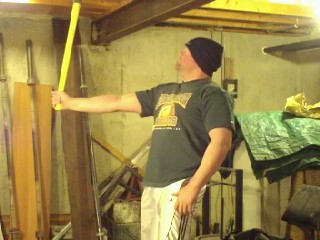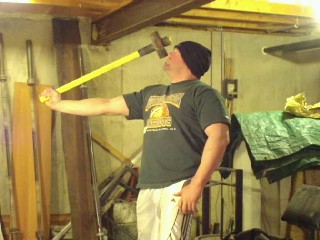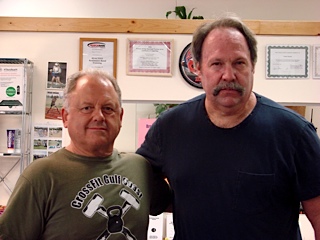
Many people, like myself, might be more familiar with terms like endurance, intervals, intensity, etc, but this is different from all of those.
John Brookfield, the creator of this system, uses the mental picture of a hummingbird flapping its wings so fast they seem to be a blur; but the point is, they can do it for quite a while.
Some large birds, like eagles, spend much of their time with their wings in a fixed position, just gliding along. The hummingbird is at the other end of the spectrum.
I don't claim to be a world-class CrossFit athlete, however, at age 58 I can do a decent job on the "workout of the day". When John gave us each a few simple tests with his ropes, it was borderline humiliation.
It was hard to believe that this could be so difficult; it reminded me of when I first tried CrossFit several years ago. Why could I not handle this very well?
John graciously explained that this was the common experience of many, many people he had tested during their training with him. Developing "pure output" is his main goal with this part of his rope training. After reading many of the testimonials on his website from notable coaches and athletes, I was somewhat relieved. Yet I was also intrigued with the whole idea.
CrossFit has shown me many of my weak points over the years, which I am grateful for; I have been able to work on those areas to develop them into strengths. I can see the process continuing with this. After about two months of training, I am seeing some measureable improvements.
I have introduced the ropes to all my athletes/clients, with incredibly positive feedback (after they get over the shock, of course). Now we use the ropes for all types of purposes, from a great warm-up to an entire workout by themselves. John's in-depth knowledge of training was evident in his program design. He showed how we could scale the rope training to accommodate any fitness level by using various angles, distances, etc.
